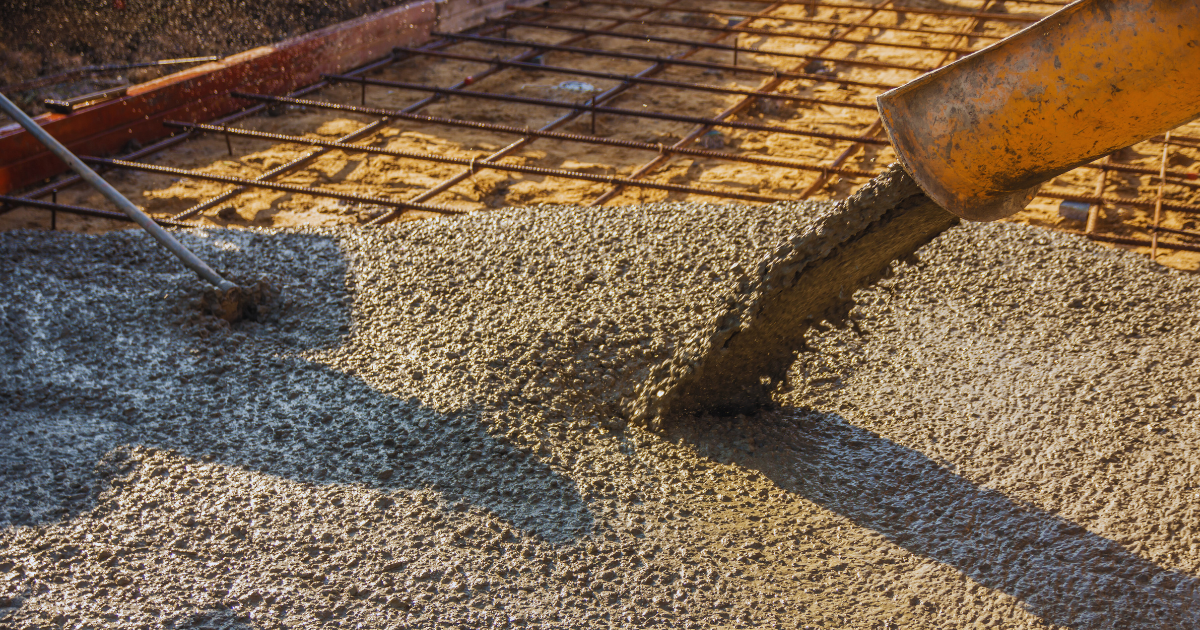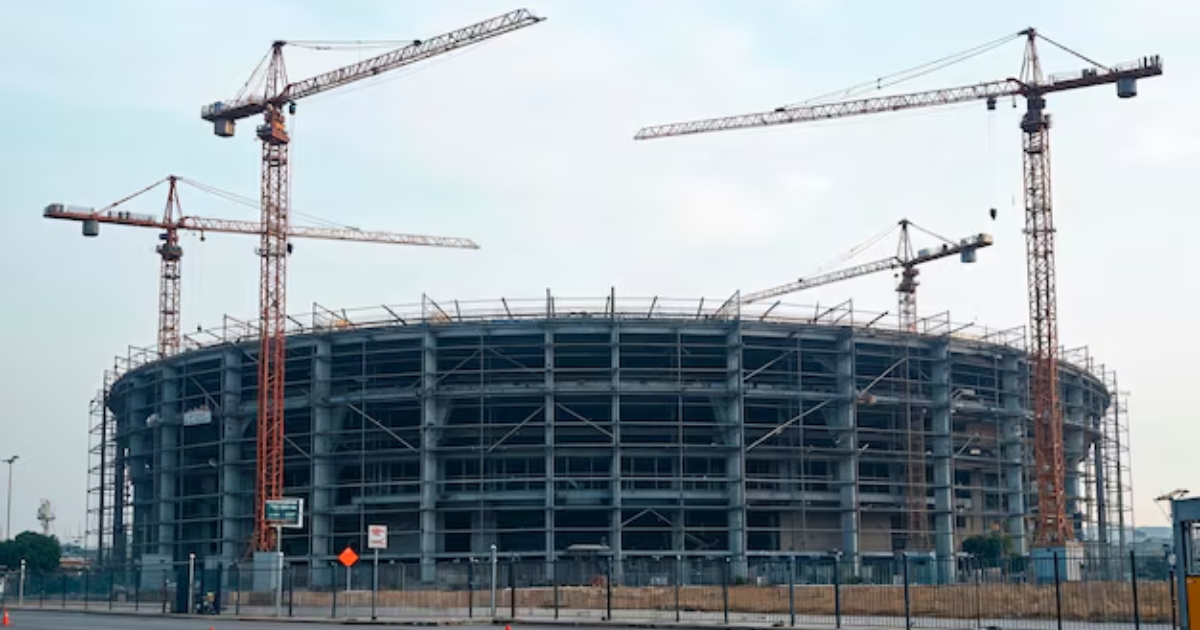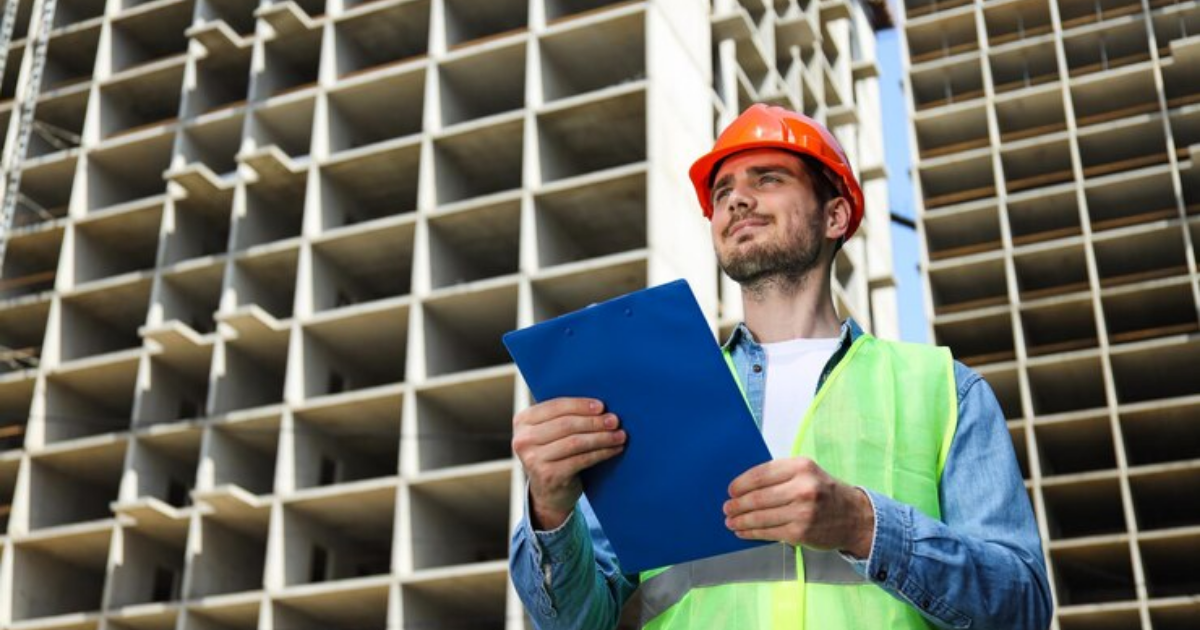Diaphragm walls are integral to modern construction, providing essential support and stability in various engineering projects. This comprehensive guide explores the diaphragm walls purpose and construction methods, offering a detailed look into their applications, benefits, and the techniques involved in building them. Understanding diaphragm walls purpose and construction methods is crucial for engineers, architects, and anyone involved in large-scale construction projects.
What Are Diaphragm Walls?
Diaphragm walls are reinforced concrete walls constructed in the ground to provide lateral support and reduce groundwater inflow. These walls are typically used in deep excavations, such as basements, underground stations, tunnels, and other large-scale infrastructure projects. The primary purpose of diaphragm walls is to maintain the integrity of excavation sites by preventing soil and water ingress, thus ensuring a safe and stable construction environment.
Diaphragm Walls Purpose
The purpose of diaphragm walls is multifaceted. Here are some of the key functions:
- Providing Structural Support: Diaphragm walls serve as retaining walls that support the sides of deep excavations, preventing soil collapse and ensuring the stability of the construction site.
- Water Control: These walls are effective barriers against groundwater, helping to keep excavation sites dry and manageable. This is particularly important in areas with high water tables or near bodies of water.
- Load Bearing: Diaphragm walls can also act as load-bearing structures, transferring loads from superstructures to deeper, more stable soil layers. This is essential in the construction of high-rise buildings and other heavy structures.
- Temporary and Permanent Uses: Diaphragm walls are versatile and can be used both as temporary supports during the construction phase and as permanent structural elements in the completed project.
Understanding diaphragm walls purpose and construction methods allows for better planning and execution of complex engineering projects, ensuring safety, stability, and efficiency.
Diaphragm Walls Construction Methods
The construction methods for diaphragm walls are intricate and require careful planning and execution. Here are the primary steps involved in the construction process:
- Site Investigation and Planning
- Soil Analysis: Before construction begins, a thorough analysis of the soil and groundwater conditions at the site is essential. This helps in determining the appropriate construction techniques and materials.
- Design: Based on the site analysis, engineers design the diaphragm wall, specifying its dimensions, reinforcement requirements, and the type of concrete to be used.
- Guide Wall Construction
- Setting Up Guide Walls: Temporary guide walls are constructed to mark the alignment of the diaphragm wall and provide a reference for excavation. These guide walls are typically made of concrete and ensure the accuracy of the wall placement.
- Excavation
- Trenching: Excavation of the diaphragm wall trench is carried out using specialized trench cutters or grab excavators. The trench is excavated to the required depth, which can be several meters below the surface.
- Bentonite Slurry: As the trench is excavated, it is filled with bentonite slurry to prevent the walls from collapsing. The slurry provides temporary support and stabilizes the trench during excavation.
- Reinforcement Placement
- Reinforcement Cages: Steel reinforcement cages are assembled and lowered into the excavated trench. These cages are designed according to the structural requirements of the diaphragm wall and are crucial for its strength and stability.
- Concrete Pouring
- Tremie Method: Concrete is poured into the trench using the tremie method, which involves placing a tremie pipe at the bottom of the trench and gradually filling it with concrete while displacing the bentonite slurry. This method ensures a continuous and uniform concrete pour without segregation.
- Slurry Removal: As the concrete fills the trench, the bentonite slurry is displaced and collected for reuse or disposal.
- Joint Construction
- Panel Joints: Diaphragm walls are typically constructed in panels, with each panel connected to the next through specially designed joints. These joints ensure the continuity and structural integrity of the wall.
- Waterproofing: In some cases, additional waterproofing measures, such as installing waterstops, are implemented at the joints to enhance the wall’s water barrier properties.
- Curing and Quality Control
- Curing: After the concrete is poured, it needs time to cure and gain strength. Proper curing is essential to achieve the desired structural properties.
- Quality Control: Throughout the construction process, rigorous quality control measures are implemented to ensure that the diaphragm wall meets the design specifications and standards. This includes regular testing of the concrete, reinforcement, and alignment of the wall.
Benefits of Diaphragm Walls
Understanding diaphragm walls purpose and construction methods highlights their numerous benefits:
- Stability: Diaphragm walls provide excellent lateral support, preventing soil collapse and maintaining the stability of deep excavation sites.
- Waterproofing: These walls effectively control groundwater ingress, keeping excavation sites dry and manageable.
- Versatility: Diaphragm walls can be used in a wide range of projects, from temporary excavation supports to permanent structural elements.
- Strength: The reinforced concrete construction of diaphragm walls ensures they can bear significant loads, making them suitable for high-rise buildings and other heavy structures.
- Durability: Diaphragm walls are designed to last, providing long-term stability and support for underground structures.
Applications of Diaphragm Walls
Diaphragm walls are used in various construction projects, including:
- Basements: In urban areas, diaphragm walls are commonly used to construct deep basements for commercial and residential buildings.
- Underground Stations: Many metro and train stations utilize diaphragm walls for their underground construction, providing essential support and waterproofing.
- Tunnels: Diaphragm walls are used in tunnel construction to support the excavation and maintain the tunnel’s structural integrity.
- Dams and Retaining Walls: These walls are also employed in the construction of dams and retaining walls, providing necessary support and stability.
Conclusion: Understanding Diaphragm Walls Purpose and Construction Methods
Diaphragm walls play a crucial role in modern construction, offering stability, support, and waterproofing for a variety of engineering projects. By understanding diaphragm walls purpose and construction methods, engineers and construction professionals can ensure the successful completion of complex projects, maintaining safety and efficiency throughout the process.







